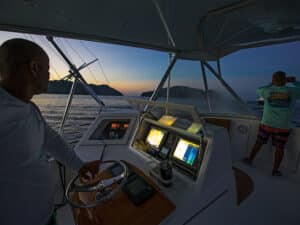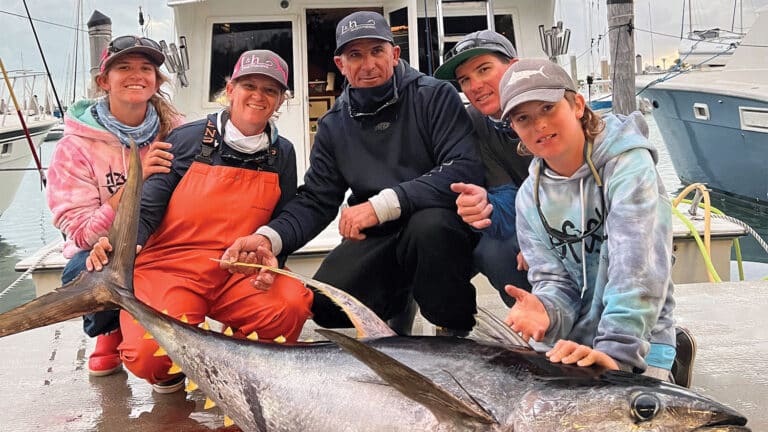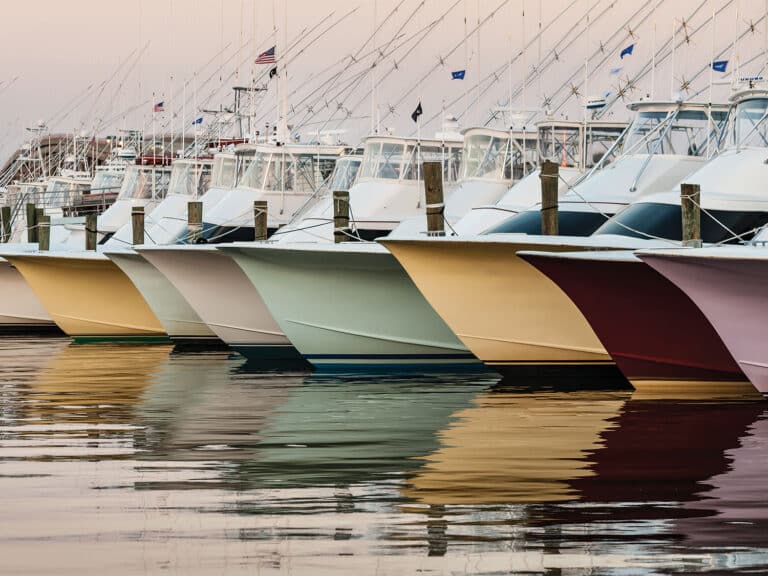
Digital Radar Rules
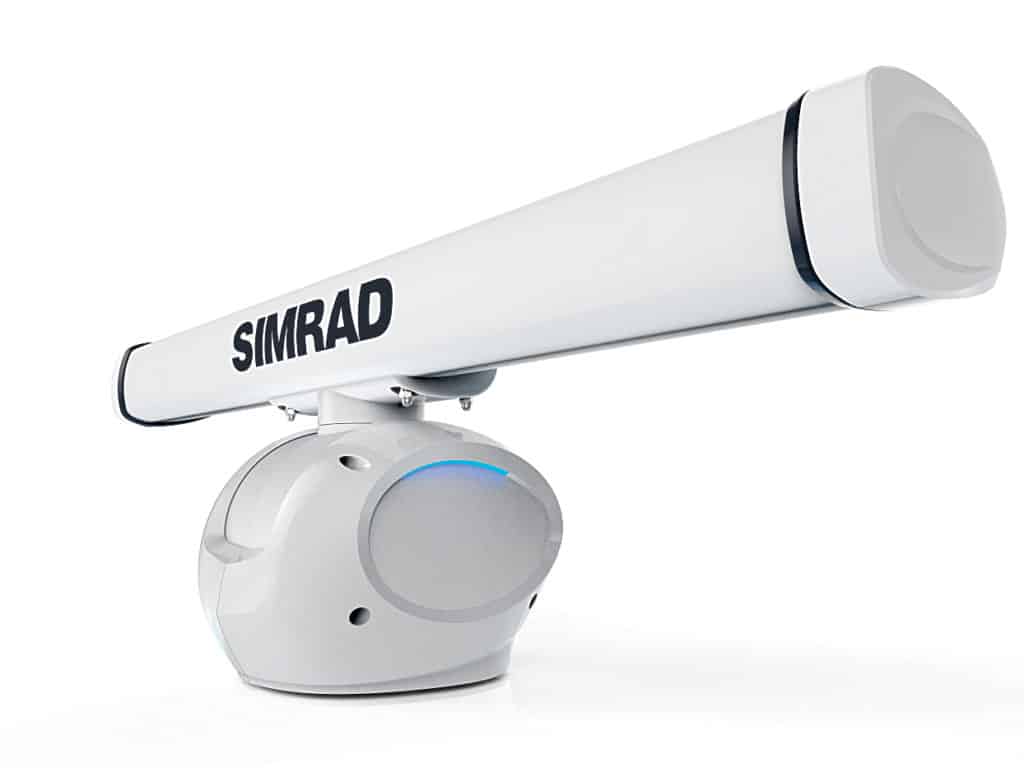
Simrad Halo Radar
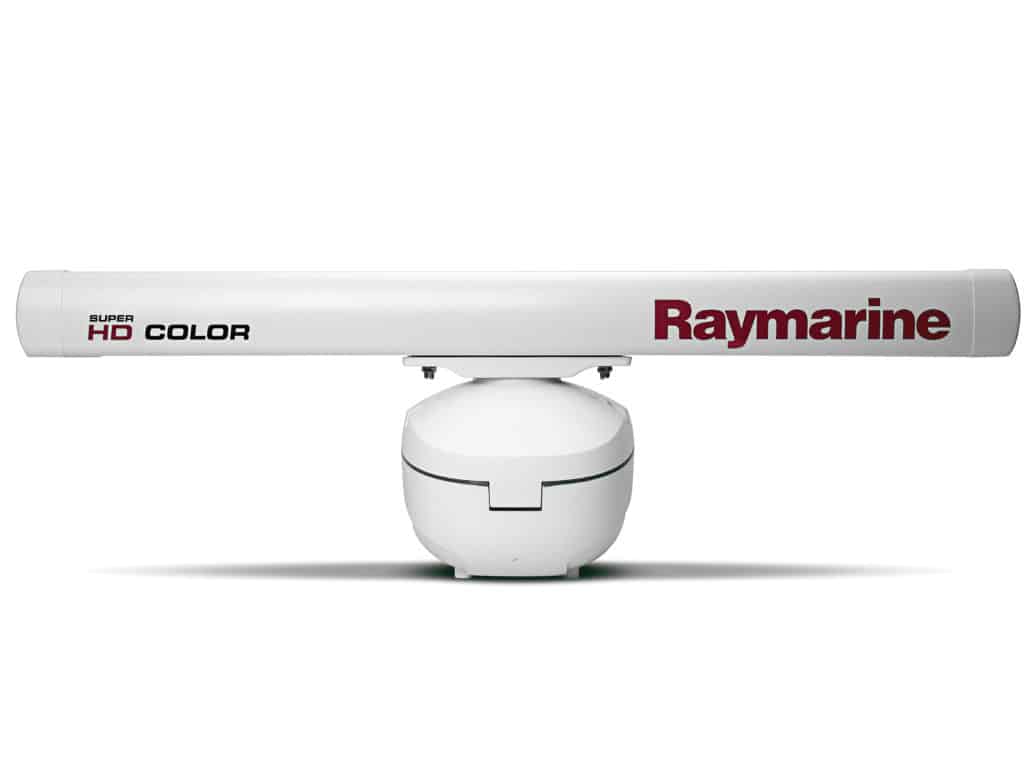
Raymarine Super HD Color
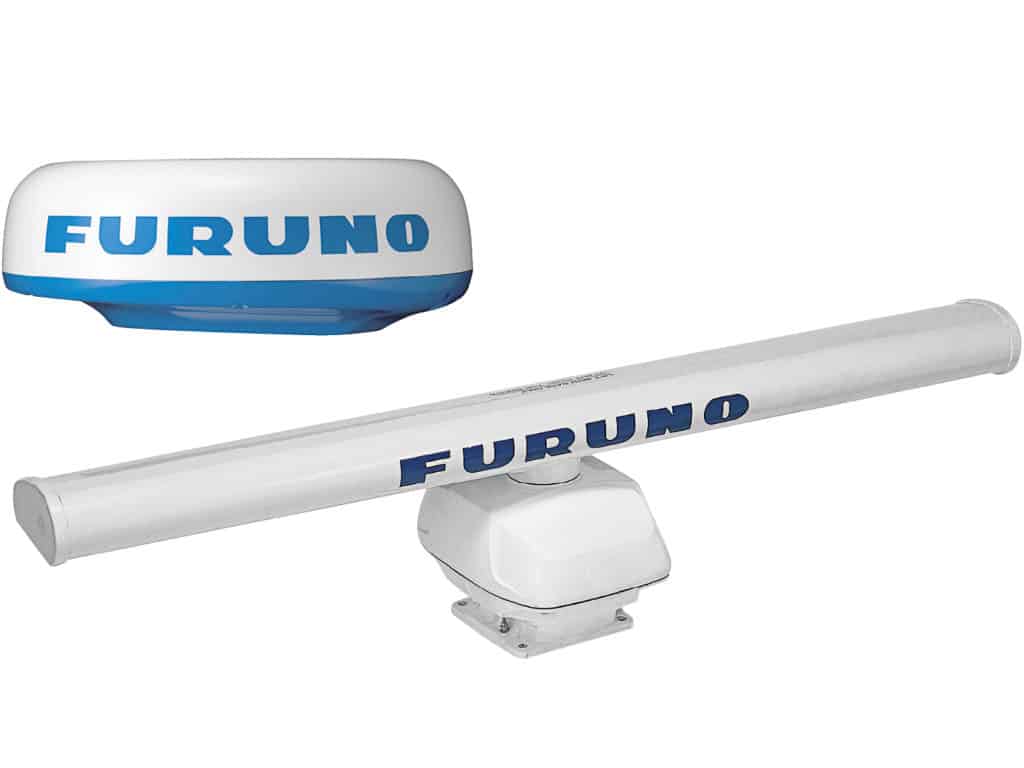
Furuno UHD Radar Arrays
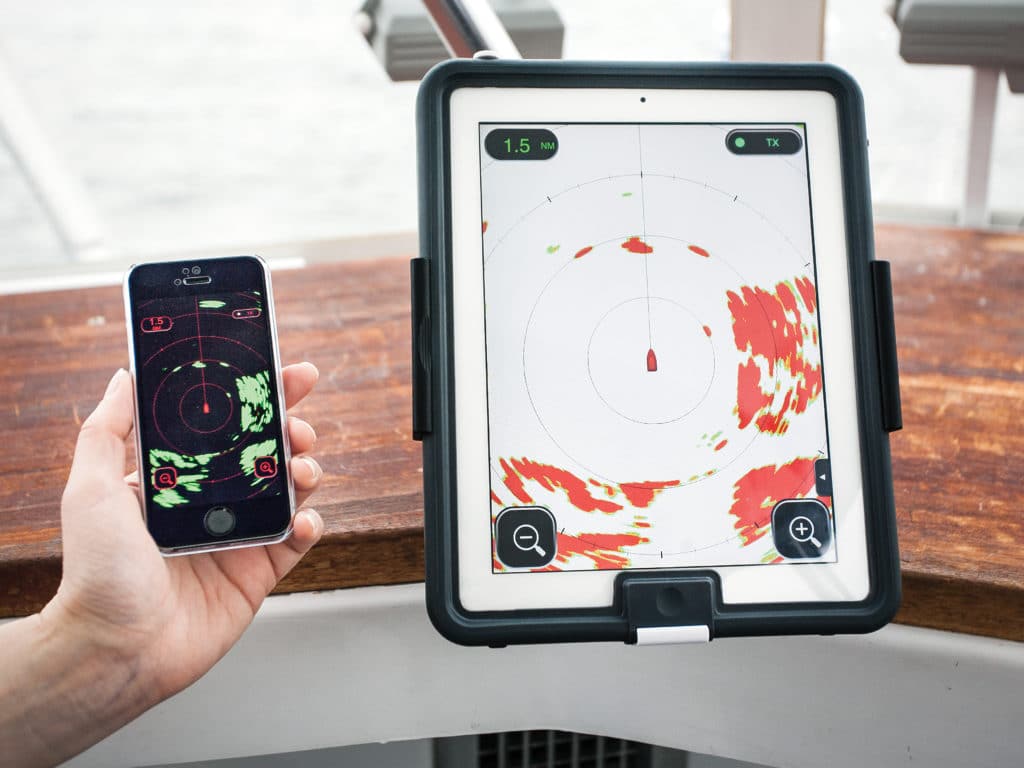
Furuno 1st Watch Radar
Digital radars, defined by terms such as broadband or high definition, have been coming along for more than five years. They power up almost instantly and offer target resolution often capable of reflecting a floating coconut, and when accidentally left on in the marina, do so without endangering people nearby.
But in early models, there was a downside too. Namely, they had shorter range — usually less than 25 miles — and their signal was a high-frequency pulse that couldn’t consistently reflect bird activity, a real disadvantage to sport-fishers. Newer models can both discriminate between a boat and its nearby tender, and reach out and ping birds dozens of miles out there to let a guy know where to start hunting.
Editor’s note: While Garmin is notably absent from this piece, rumors indicate new product announcements might take place at the Fort Lauderdale International Boat Show in November.
